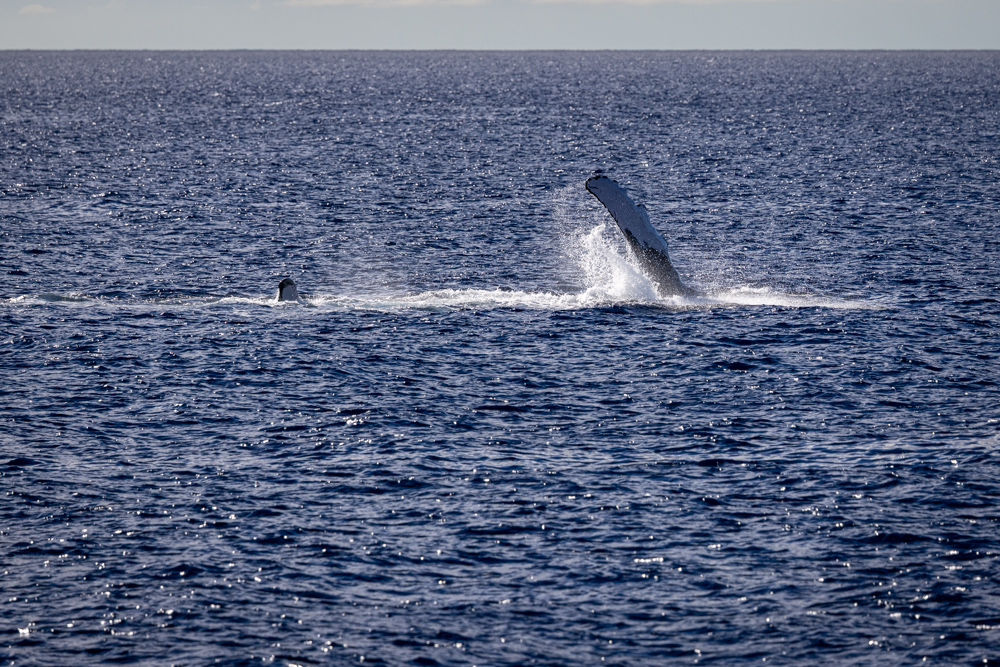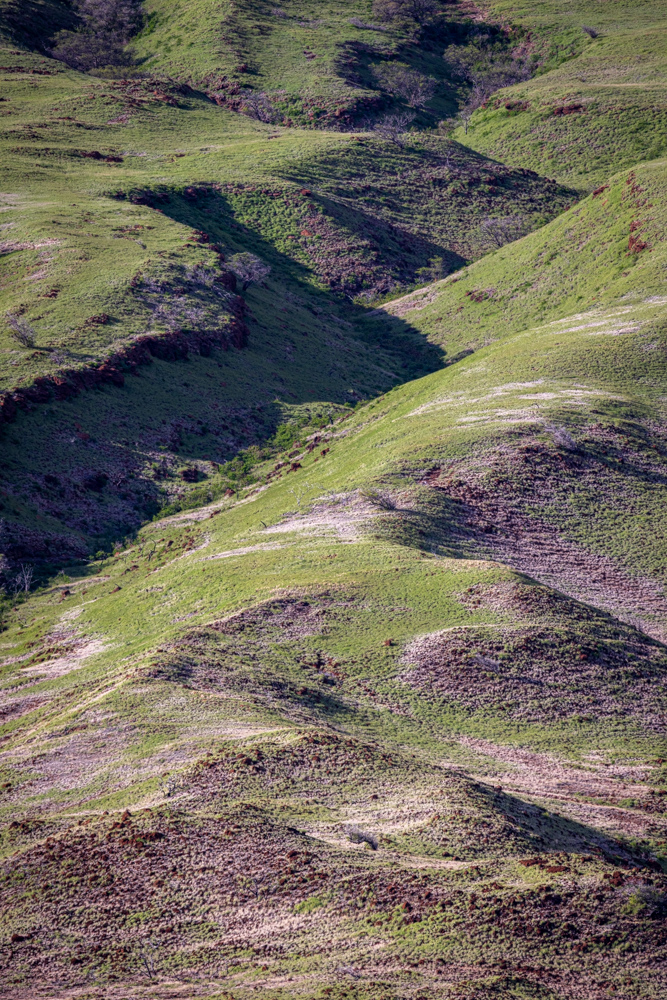Monday, 2 January 2023
An early day for Cal up at 2:30 am to prepare for a ride to the top (10,000 feet) of Haleakala Peak to watch
the sun rise
over the volcano crater. It was very cold on top of the mountain - very cold. Fortunately, Cal had read about
the chill
and was prepared, but there were others on the excursion in shorts - it was below 40 degrees and very windy.
We arrived well before the sun was up - and to be "up" it will have to crest the clouds as the summit was
higher than the cloud cover.
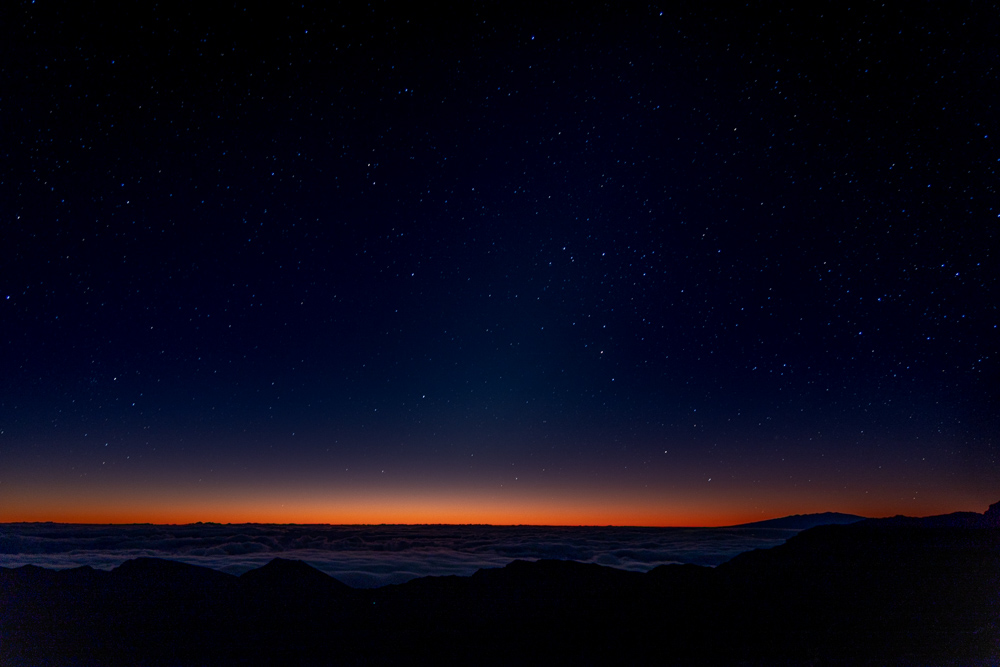
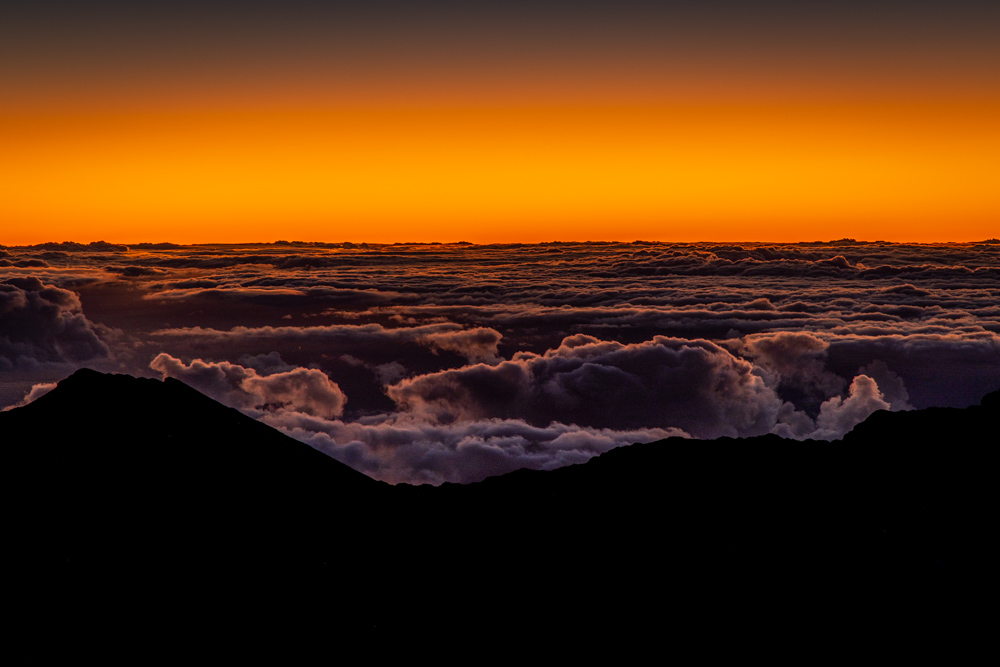
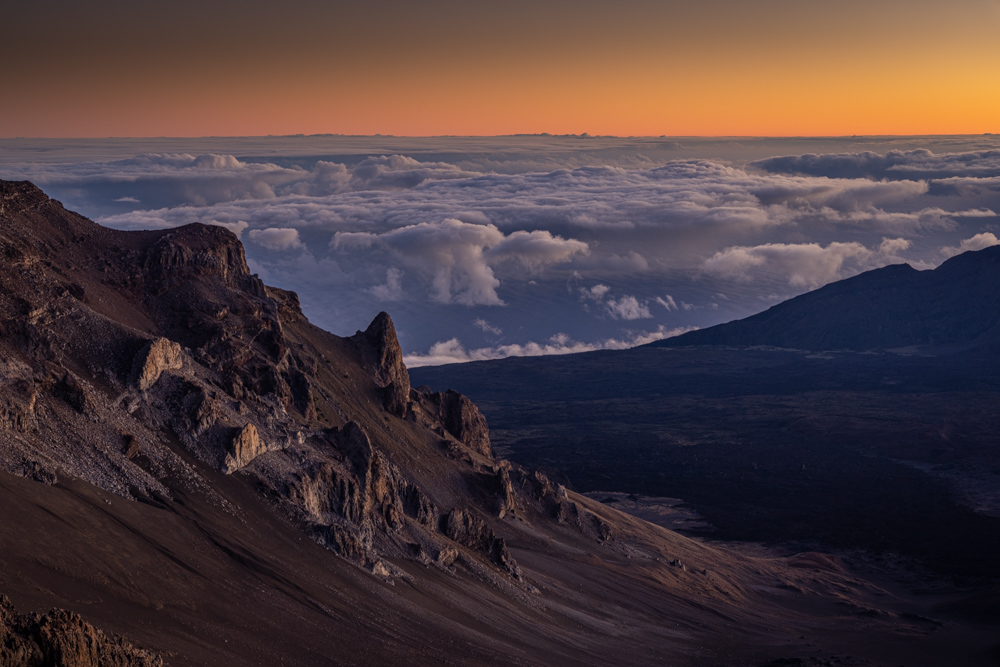
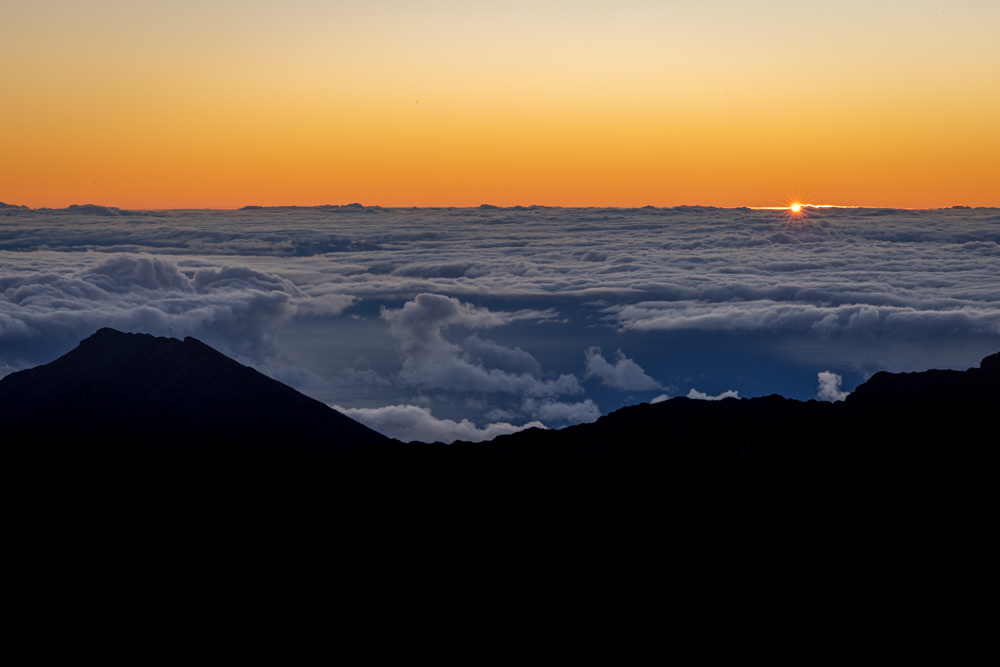
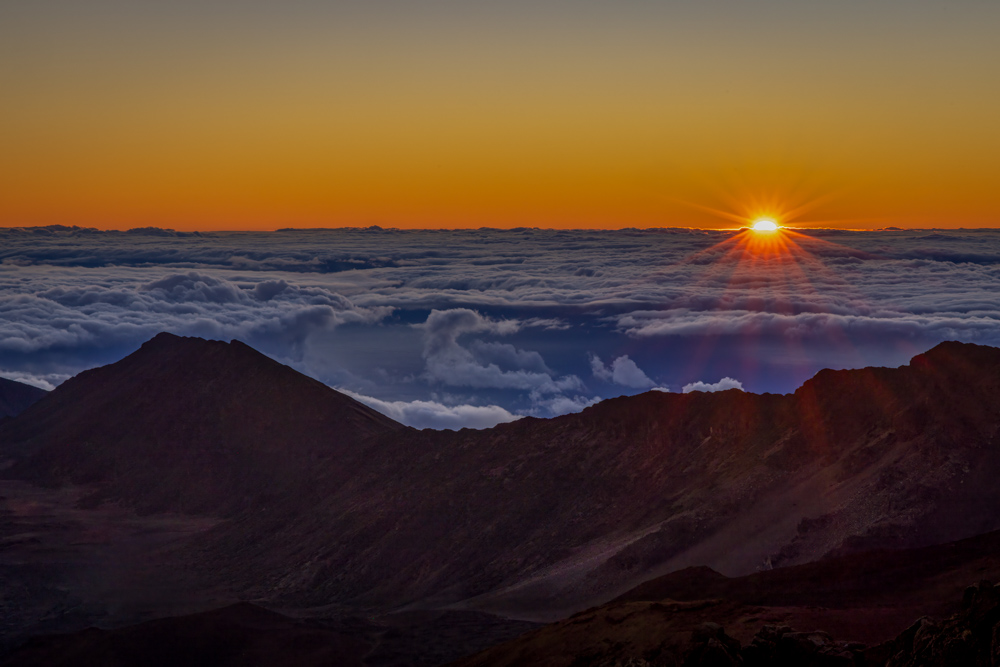
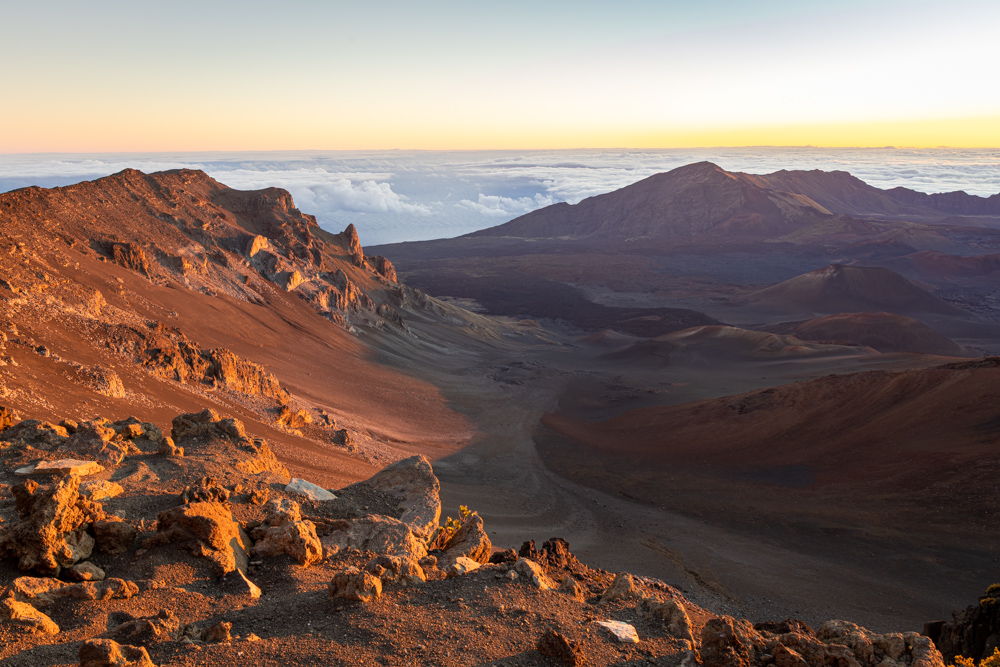
At the summit in front of us is a vast crater seven and a half miles long by two and a half miles wide, and 3,000 feet deep. It last erupted in 1790 and has slumbered ever since.
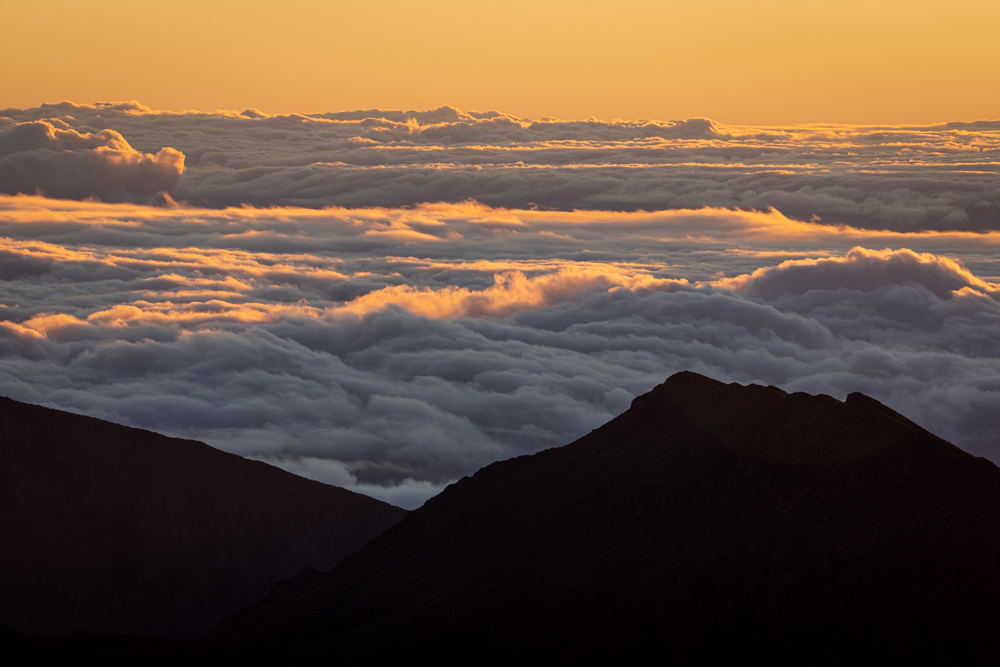
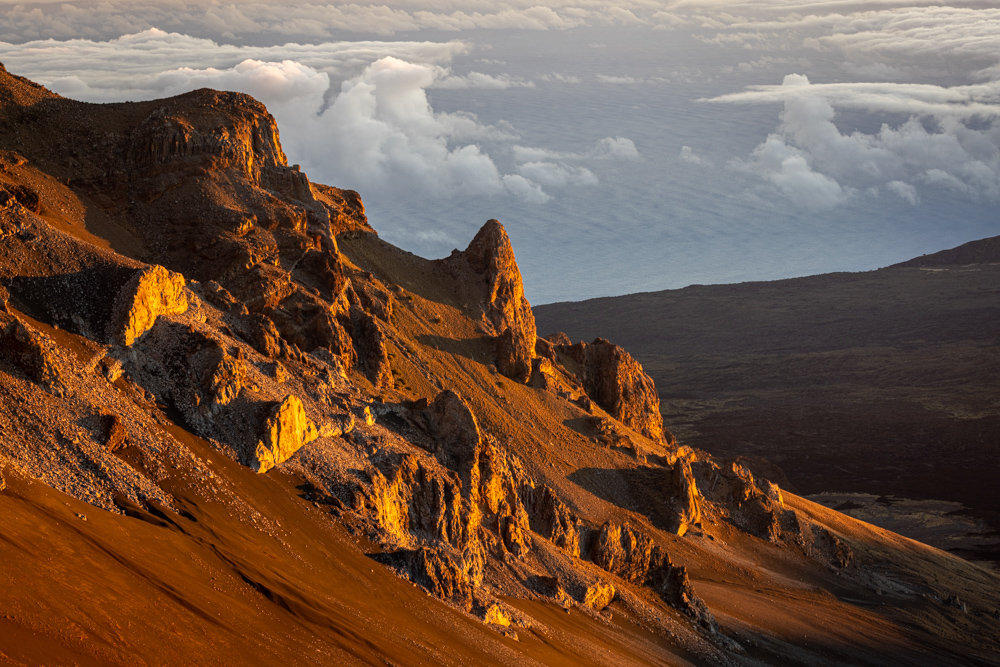
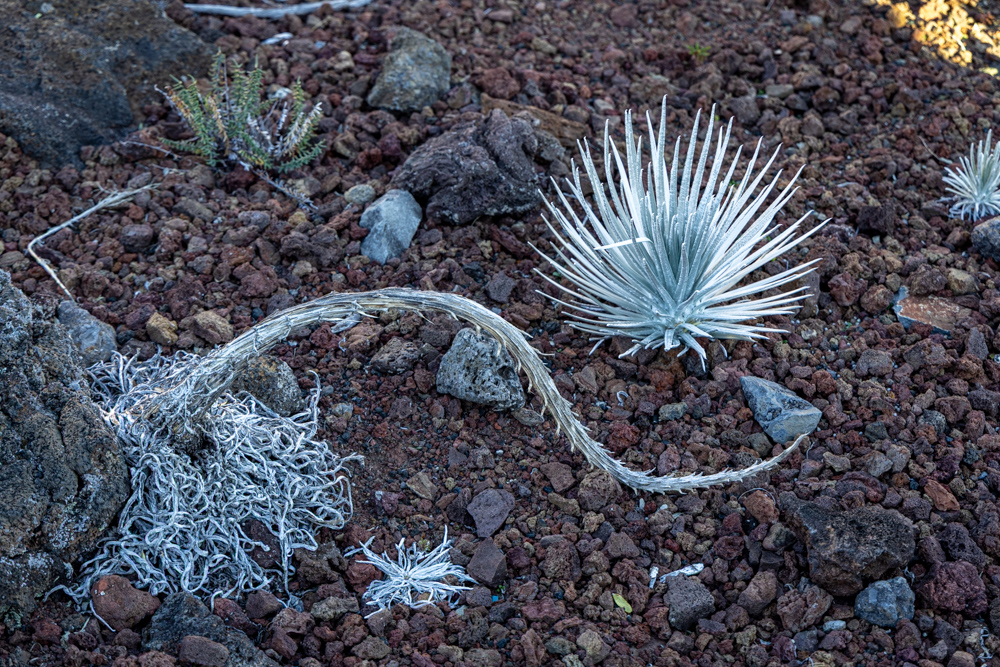
The plant on the left is dying after sending up a flower stalk for seeds. The plant on the right is younger.
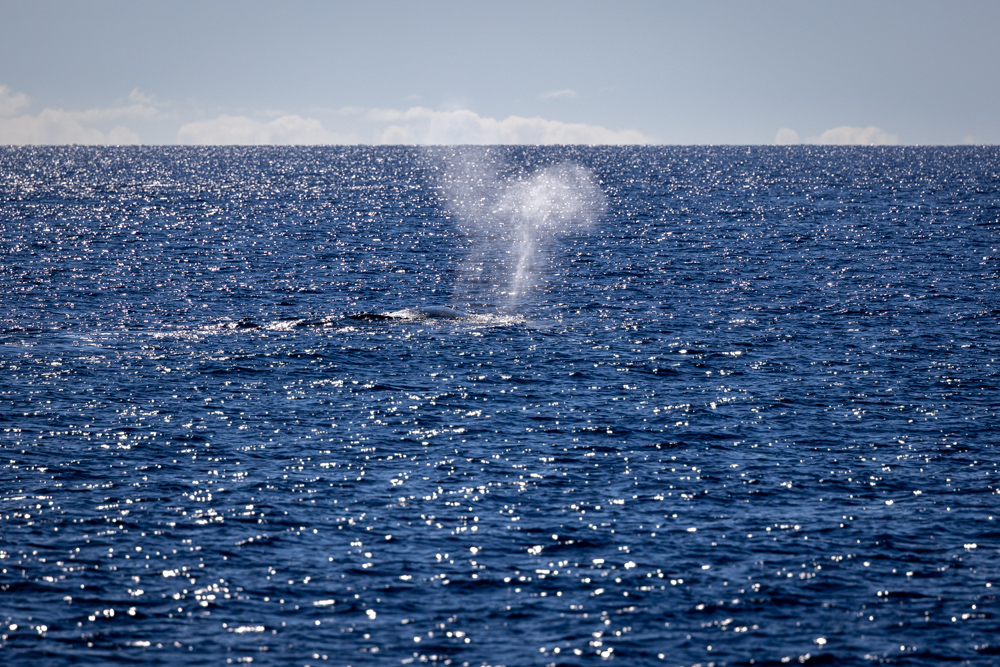
The most spotting was of the blowing of water while they breathed.
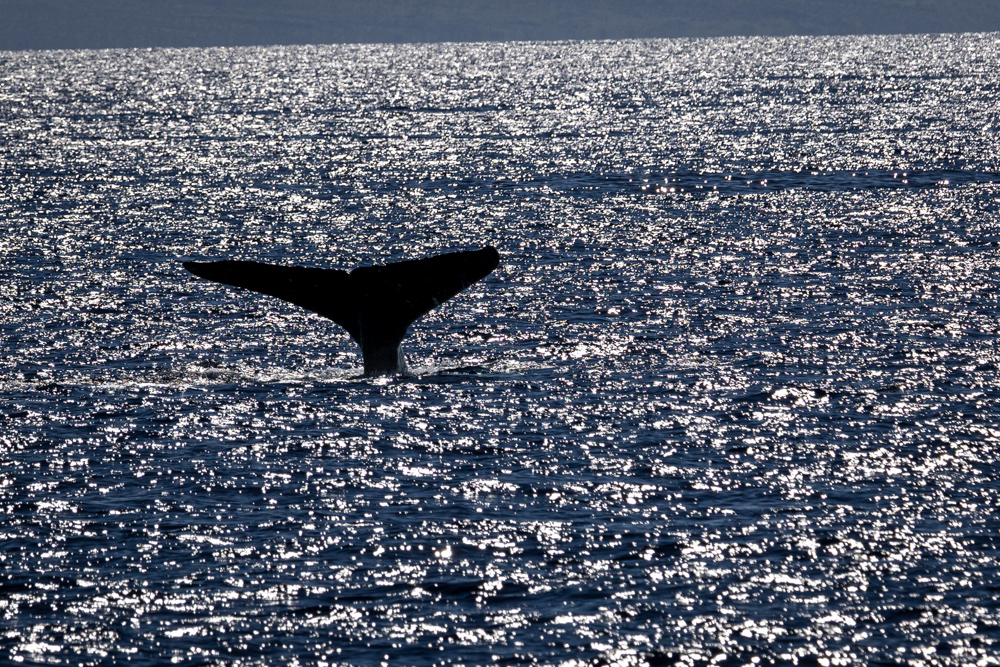
Every year, over 10,000 humpback whales migrate to Maui's protected water to mate and give birth.
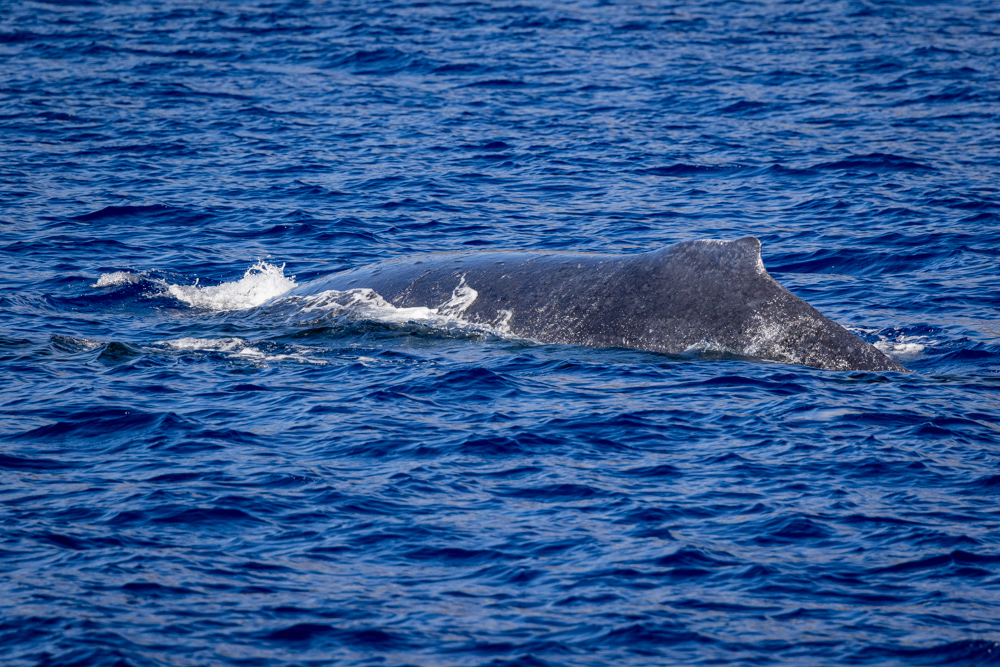
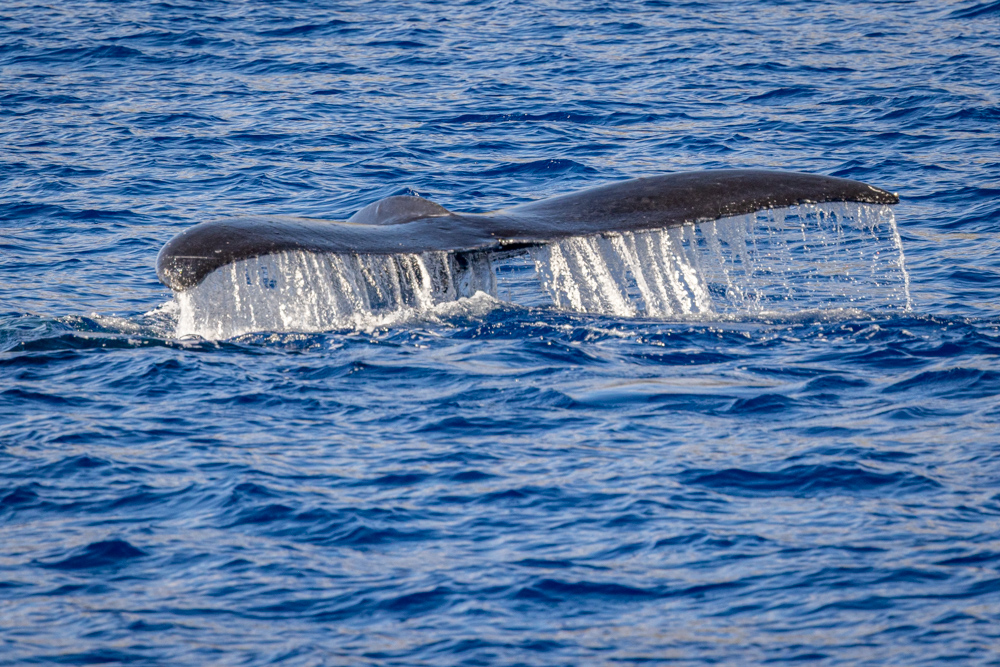
An interesting activity was underwater hydrophones to hear whale songs. The sounds were amazing - from the whales all around us.
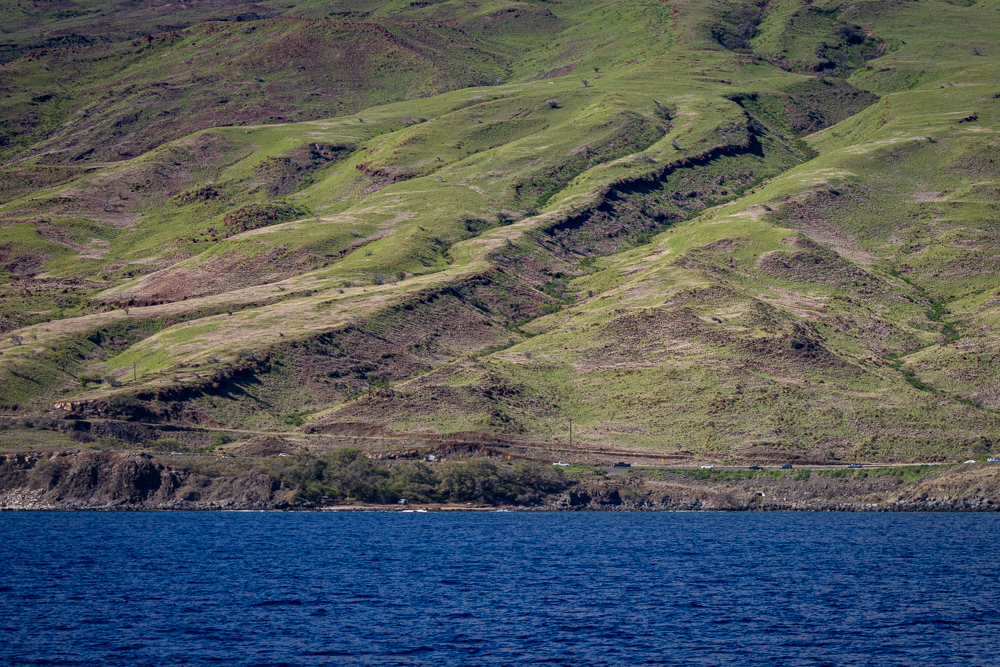
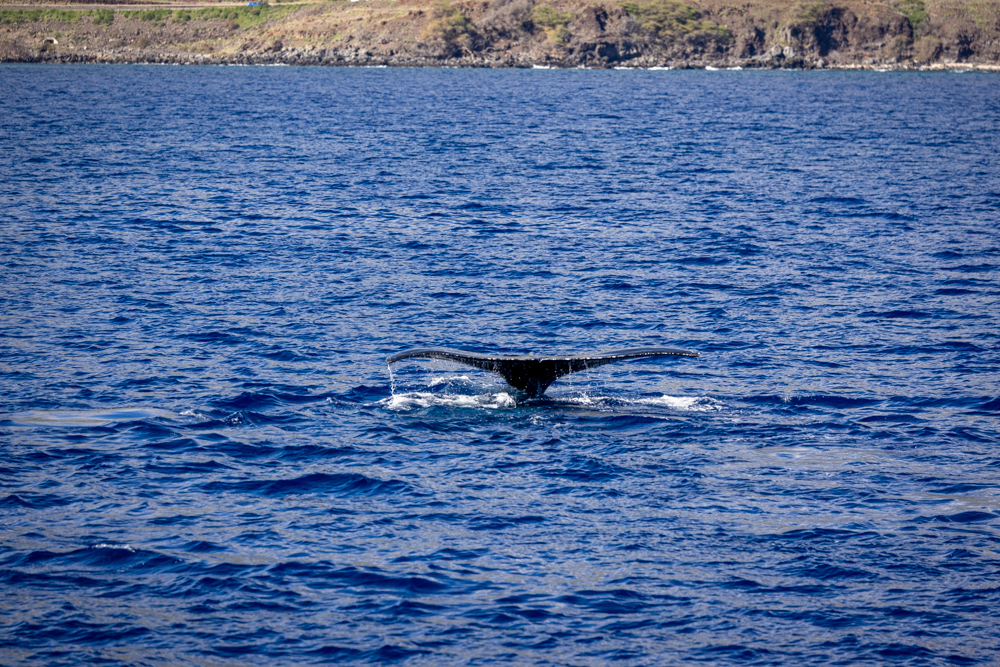
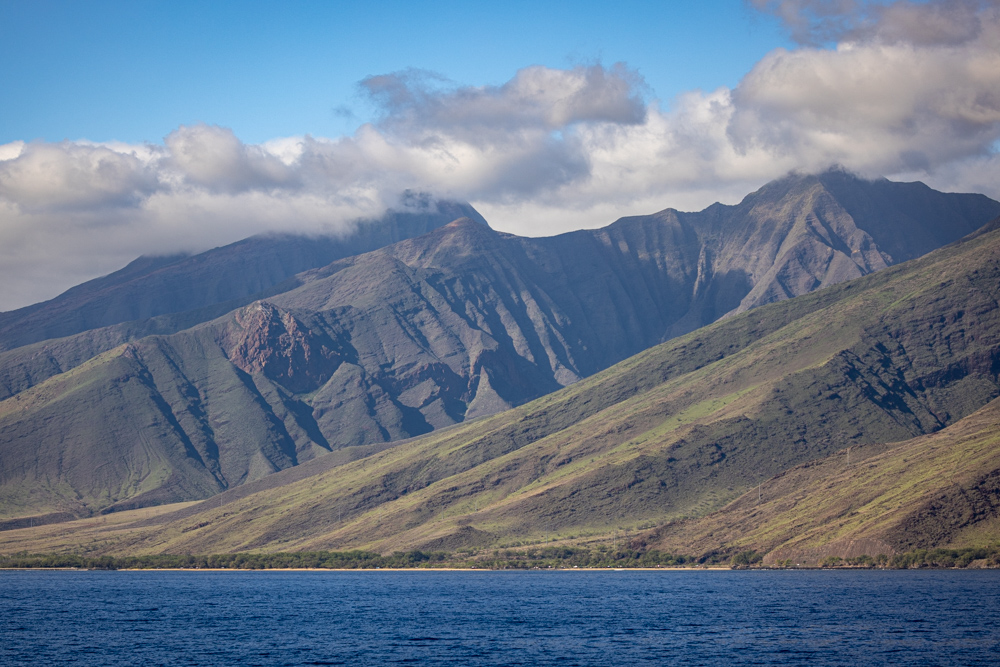
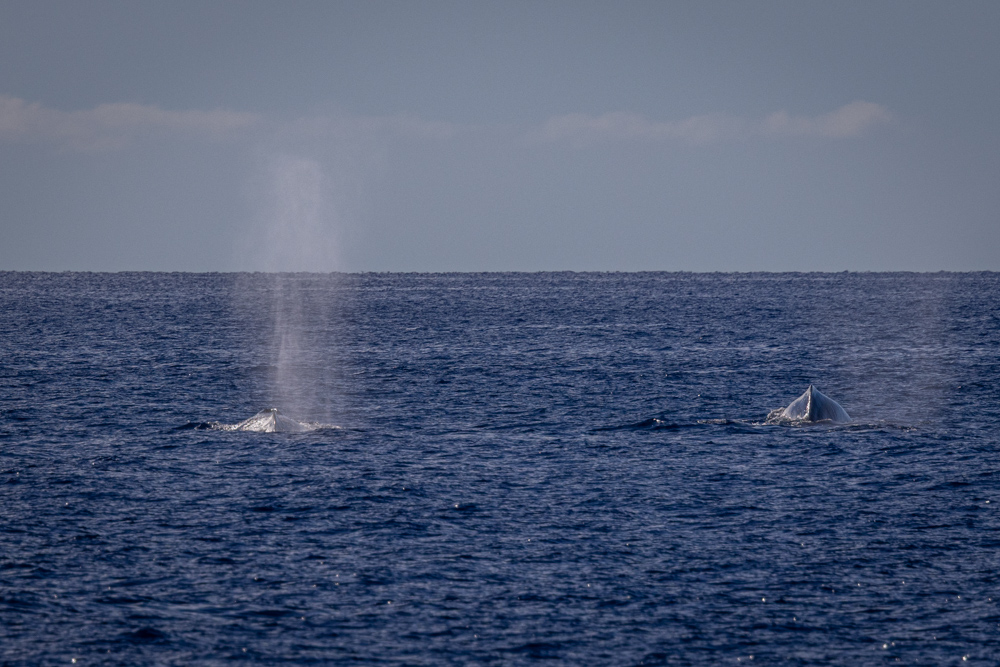
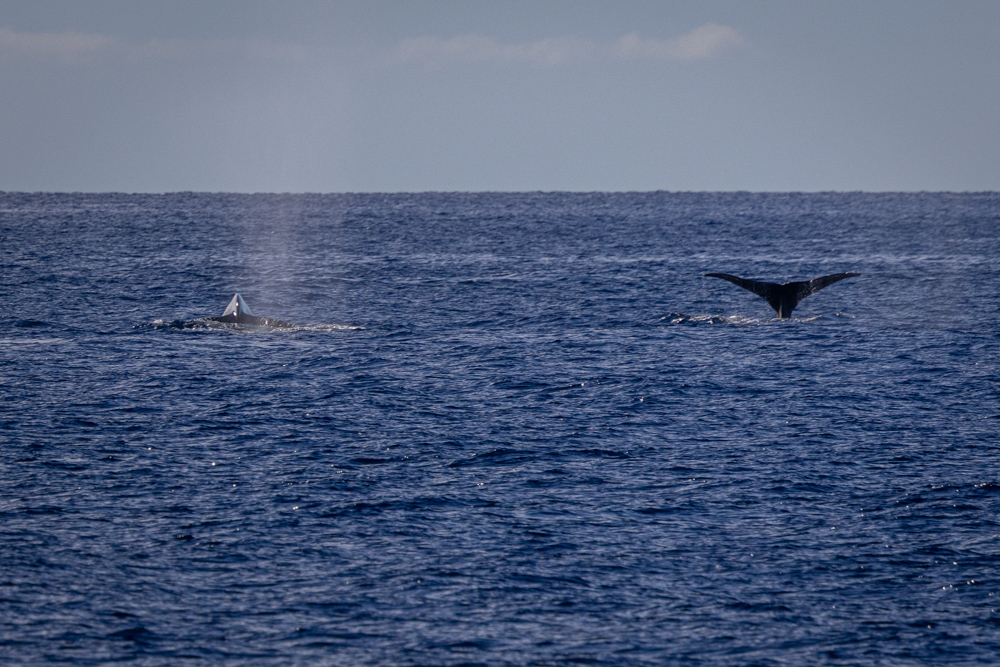
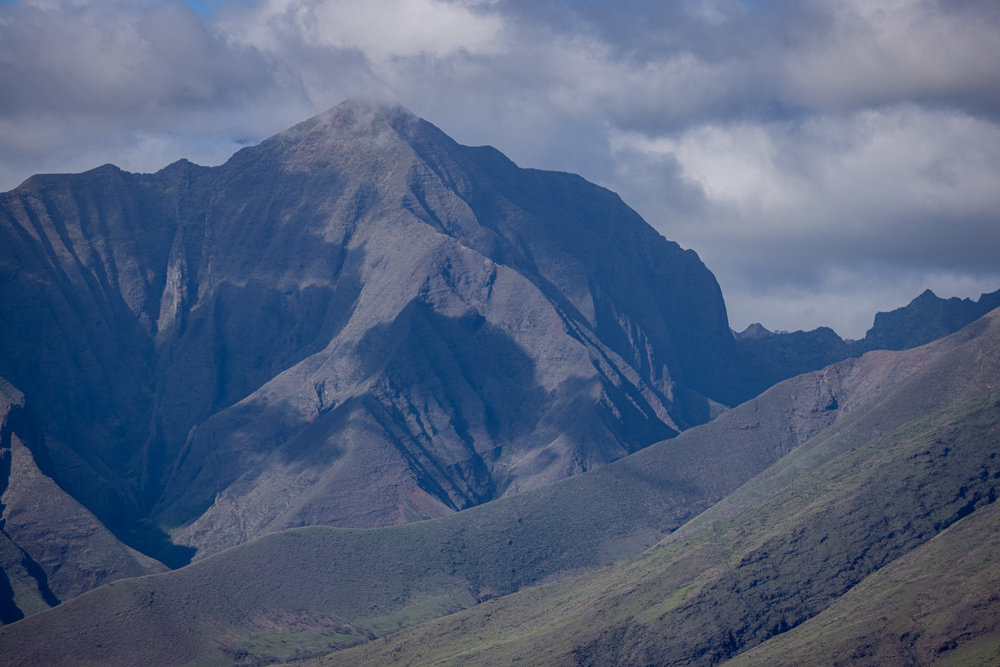
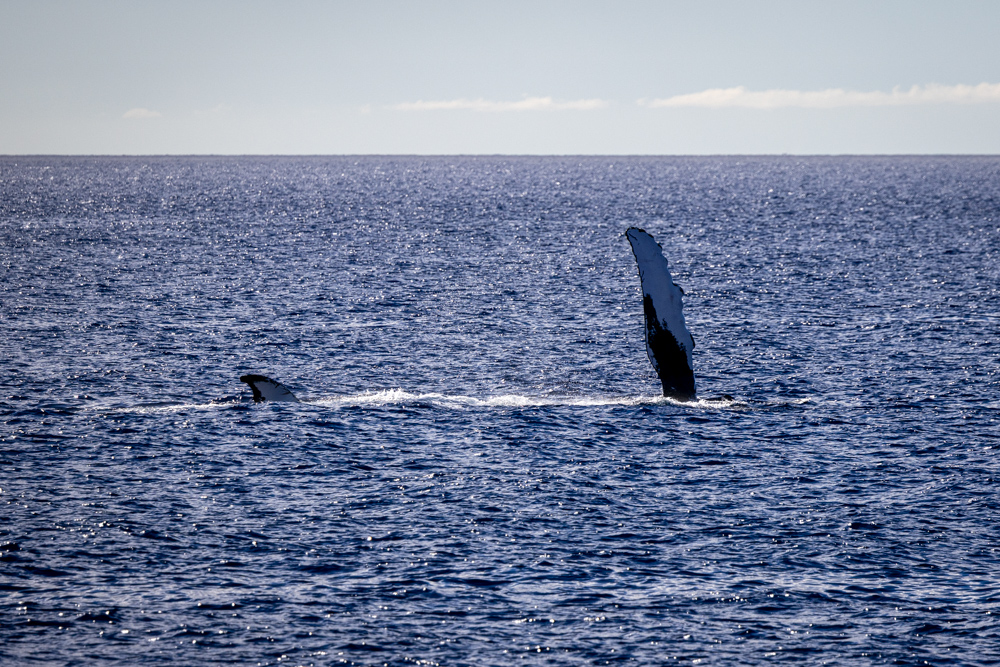
The humpback's pectoral fin is longer than that of all other species of whales, measuring one-third the whale's body length, or approximately twelve to fifteen feet.
